
Half 荞 Chapati, Half 荞 Noodle: It’s Wonder Dough!
I’m starting to think this blog should be renamed, “Watch me make flatbreads! That’s all! Kthnxbye!”
Although I’ve been busy cooking all sorts of other lovely things for our meals (remind me to tell you all about that spicy chicken noodle soup with the 2 heads of garlic some day), what has been weighing heavily on my mind has been an obsession with seeing how many different noodle dough recipes can be successfully re-jigged as unleavened flatbread dough.
I know, other people have more sensible hobbies like philately and methamphetamines but, really, I’ve got a thing for dough. Particularly multi-purpose dough. I want to mess with the noodle dough’s head until it has no doubt that it was ever anything but a chapati. Like Gaslighting but for flour products. I’m a bit sadistic that way, I guess.
I know I’ve already made those spiced potato chapatis here, and those tortillas. And a week or so ago I showed you how to make tortillas from Fiona’s Pulled Lady Noodle dough. But that wasn’t enough!
I’ve been on a bit of a buckwheat bender recently. Before that it was rye flour (or black wheat as the bag translation insisted, though my receipt and the bar-code sign at the import shop said otherwise).
About 27 years ago, when I was a maladjusted ten year old with intermittent storm clouds hovering over my head, my mother took me to see a Japanese naturopath to have me tested for food allergies, in case there was something there triggering my mood swings. I had plenty of such sensitivities, it seems. The things I was told to either cut back on or avoid altogether made for a daunting list. In fact, they made up most of my standard diet: wheat, cow milk, sugar and honey, soy, shellfish, apples and oranges. We cut those out of my diet and, by gum, my moods levelled out and I was a much happier camper. I’m not sure how it worked, but it did. Now, whenever I feel unbalanced or borderline insane, I go back to that list.
Which is what I’ve been doing recently.
Not because I’ve been borderline insane or anything, but rather because I’ve been feeling just not quite right.
Hence the current obsession with buckwheat flour. That would be qiáo màifěn 乔麦粉 en Chinois.
A few months ago, I started making sourdough buckwheat pancake batter, which I kept in a jar in the fridge for a week’s worth of Instant Breakfast (take that, Redi-Brek!). Then I started adding small portions of buckwheat to my regular recipes- it went into noodles, tortillas, bagels, you name it. But always in small doses, maybe 30-40% at most.
I was too afeared to go much further. After all, buckwheat, I had been told, requires a master dough-maker to drag the gluten out of it, to make it behave like the grain that it isn’t (it’s a pseudo-cereal– a poseur, if you will). Japanese soba-masters spend decades honing their craft, rigorously following ancient traditional methods, inching their way up to 100% buckwheat.
Me? I make shit up. It seems to work.
This one was a fluke, a whim, a flash of possibly misguided inspiration. That’s how most of my cooking goes. I see a recipe then proceed to use it as a springboard for something completely different, frequently with entirely different ingredients and proportions.
Which, I suppose, means I didn’t actually use the recipe. But still! The origin was there!
I found a really easy recipe for 100% buckwheat soba here, but had no intention of making it as soba, per se. I’m too lazy to cut noodles into dozens of tiny, thin strips. The first batch I made was divided into two balls: one to make noodles for our chicken soup and one to play around with.
For the noodles, I used the pinch-and-press method as shown in my Salma post. I boiled them up for 2 minutes just before serving then added them directly to the bowls. They were marvellous. Their slightly greyish purple colouring made them even more intriguing.
The other half of the dough ball, I decided, was going to be a chapati, whether it liked it or not.
It liked it.
It liked it a lot.
In fact, it was probably one of the best chapatis I’d ever made.
The Uyghur lady-noodle flatbreads that I made before were really chewy (in a fabulous way) but the buckwheat soba chapatis were light and airy, delicate. They readily puffed up with toasty air pockets that deflated into softness. They held together really well, which surprised me as I’d heard repeatedly that buckwheat is notoriously un-glutinous. I must have kneaded that gluten into existence with my super hero powers of persuasion. Roar!

The basic recipe for the original buckwheat soba noodles is very straight forward:
- 2 cups of buckwheat flour [ AKA qiáo màifěn 乔麦粉]
- 1/2 cup of water
- 1/2 tablespoon raw apple cider vinegar or lemon juice
I’ve made it with both lemon juice and with plain yogurt. From what I gather, the vinegar and lemon juice are there as souring agents so I figured yogurt would be fine. It was.
You need to prep the dough ahead of time, though through my senseless experimentation I’ve found you only need a few hours’ leeway rather than the overnight rest the recipe calls for. A longer rest seems to be better but a shorter one does work.
In the following photo montage, I’m going to show you a yogurt-soured dough as well as one I made earlier, which was lime-soured (the citrus kind, not quicklime). The limey one had been sitting in the fridge wrapped in a damp cloth, in a ZipLoc baggie, since Friday night.
You know how most people come home from a late night out (in our case, a friend’s wedding on a boat on the HuangPu River) and make, say, instant Ramen Noodles or Kraft Dinner then pass out on the couch?
Not me!
For one, I’m trying ever so hard to stay sane this season and so came home 86% sober. For two, still in my party frock, I was inspired to make buckwheat soba dough. At midnight.
Dressed like this:

Ladies and gentlemen, I give you my buckwheat soba wok-chapatis!
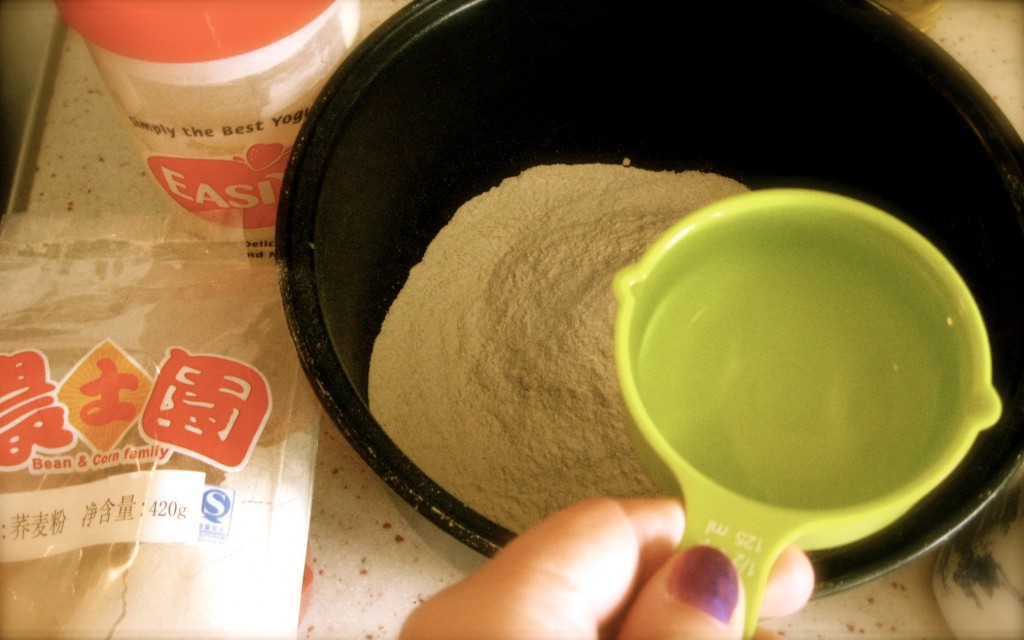
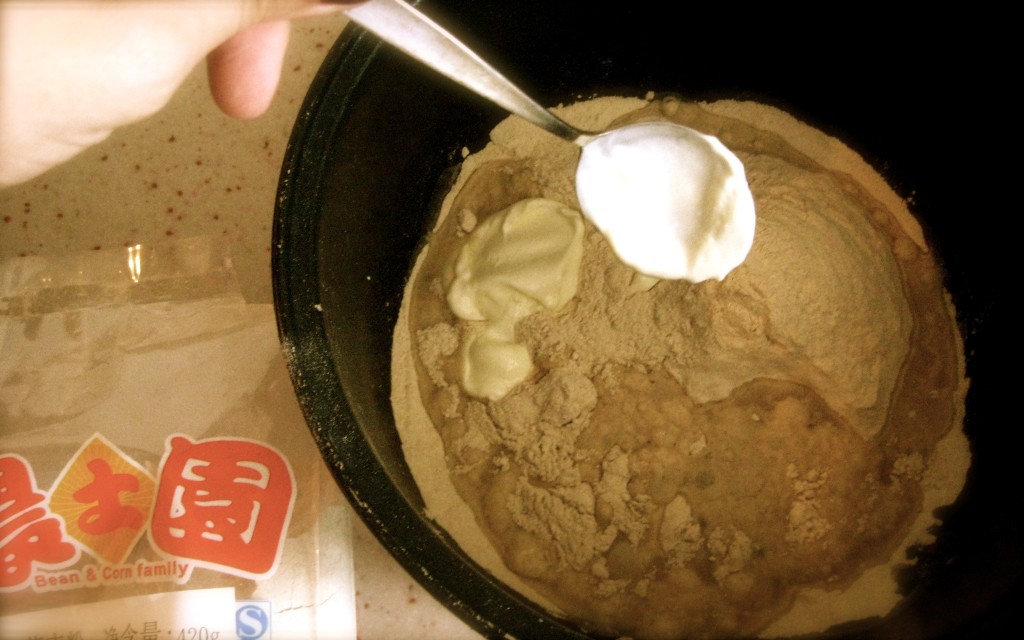
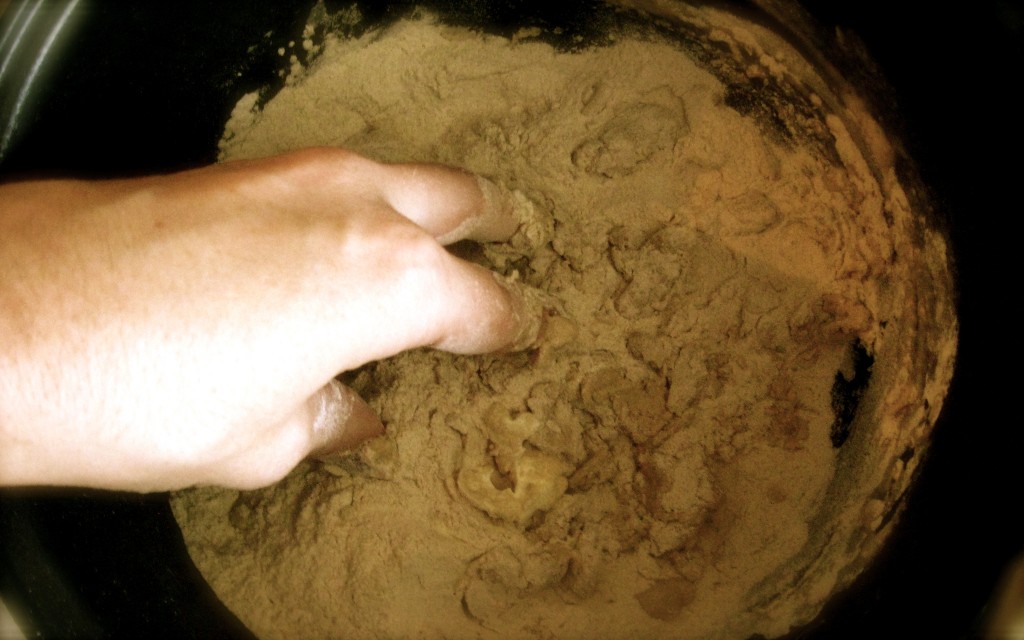
I want to interrupt the photo montage here to reassure you that although your dough will be, at this stage, the most unpromising looking dough you’ll have ever encountered, it will work out in the end. It will initially feel like you’re trying to make a sandcastle out of powdery fine sand and sea water and nothing is coming together. Just keep mixing, squeezing, pushing the wetter bits into the dryer bits. Work it like a buttermilk biscuit dough, trying to get little pea sized bits of mixed dough.
It does get better.
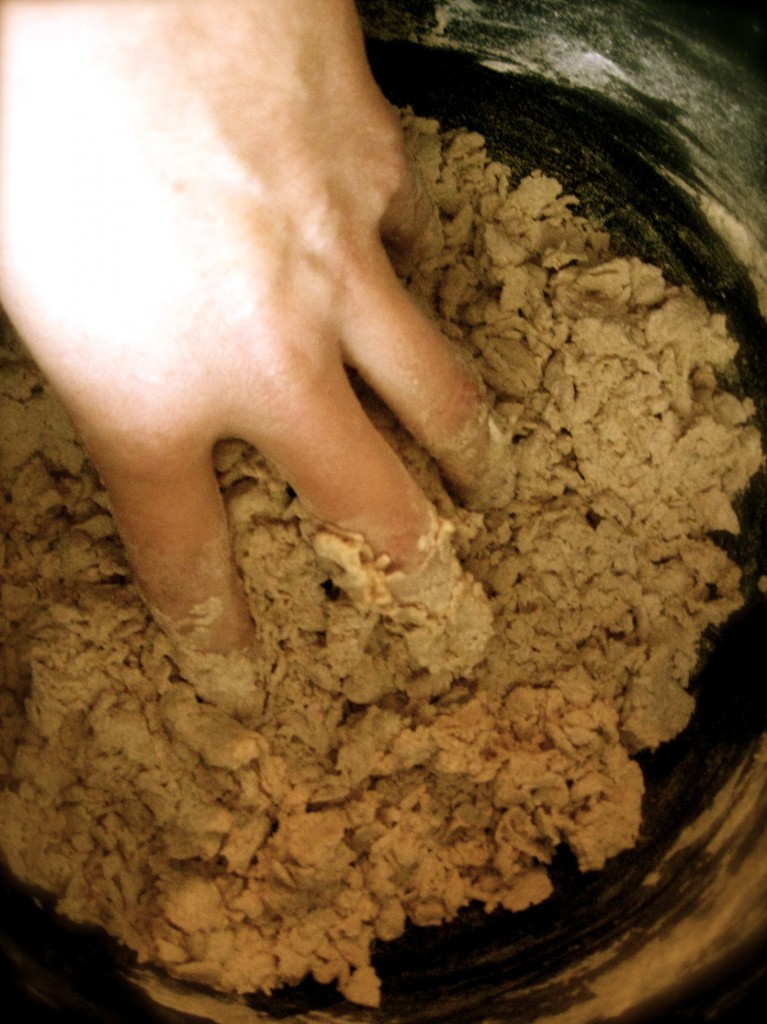
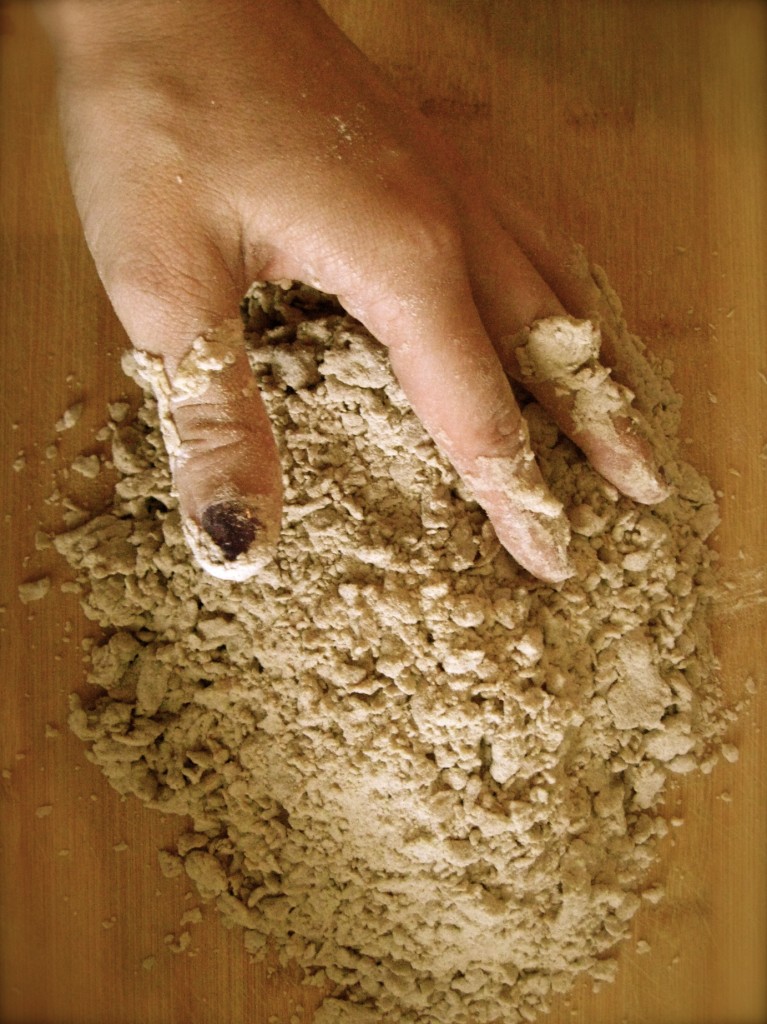
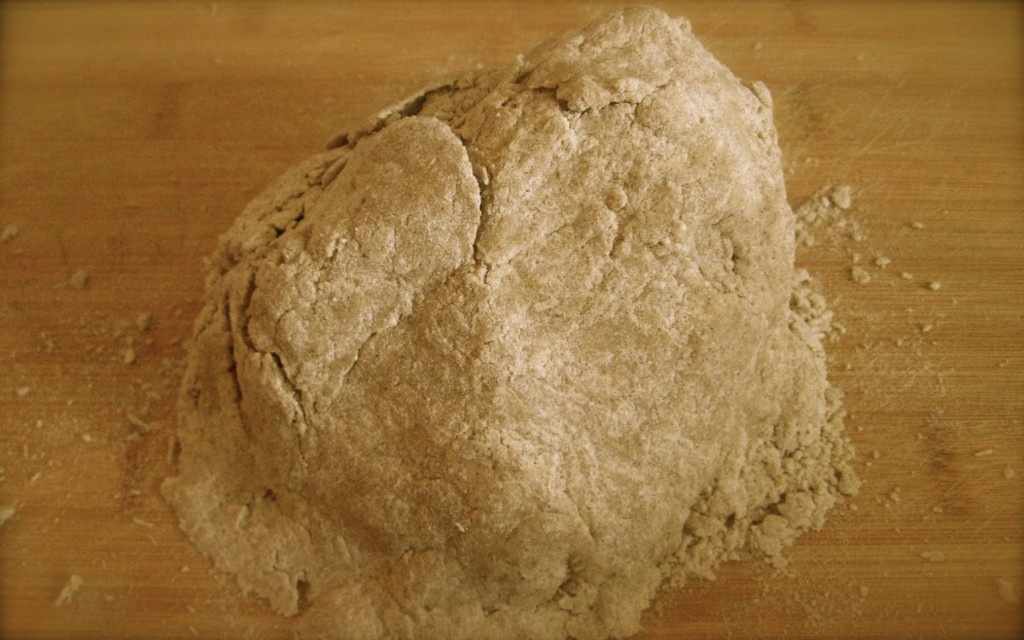
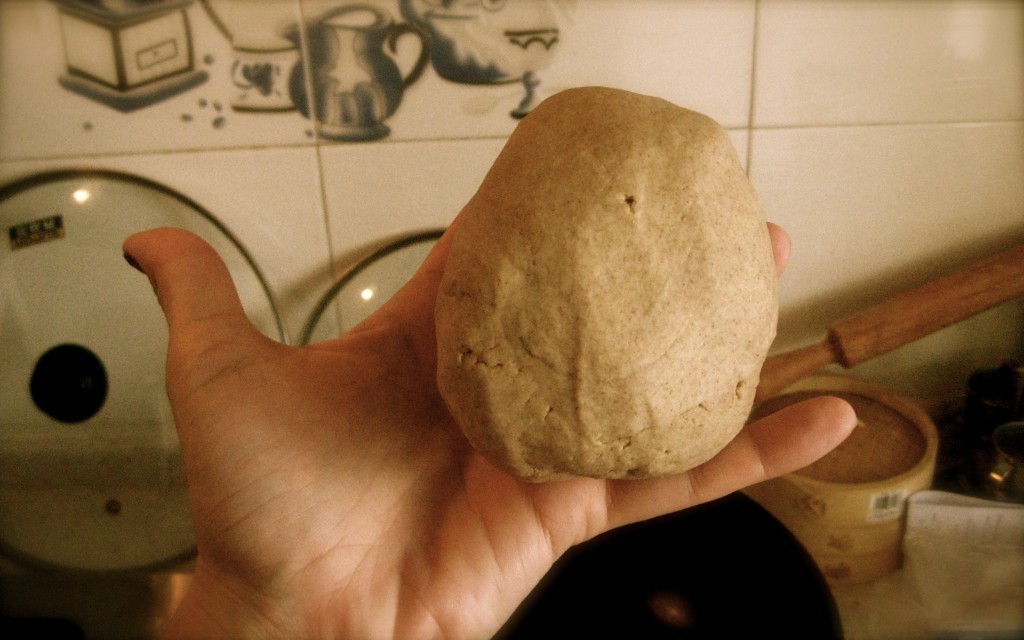
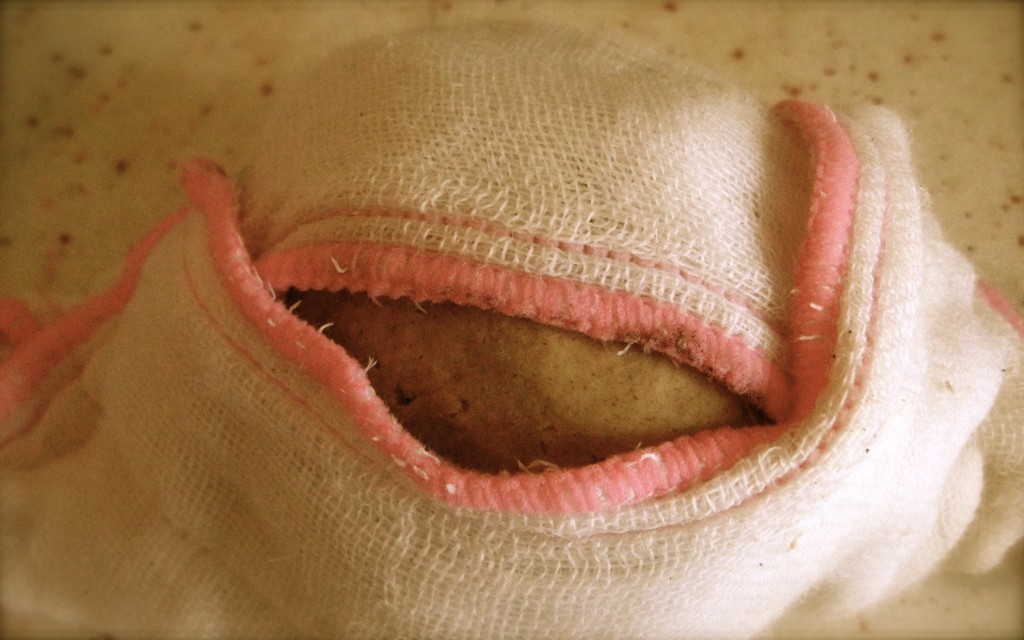
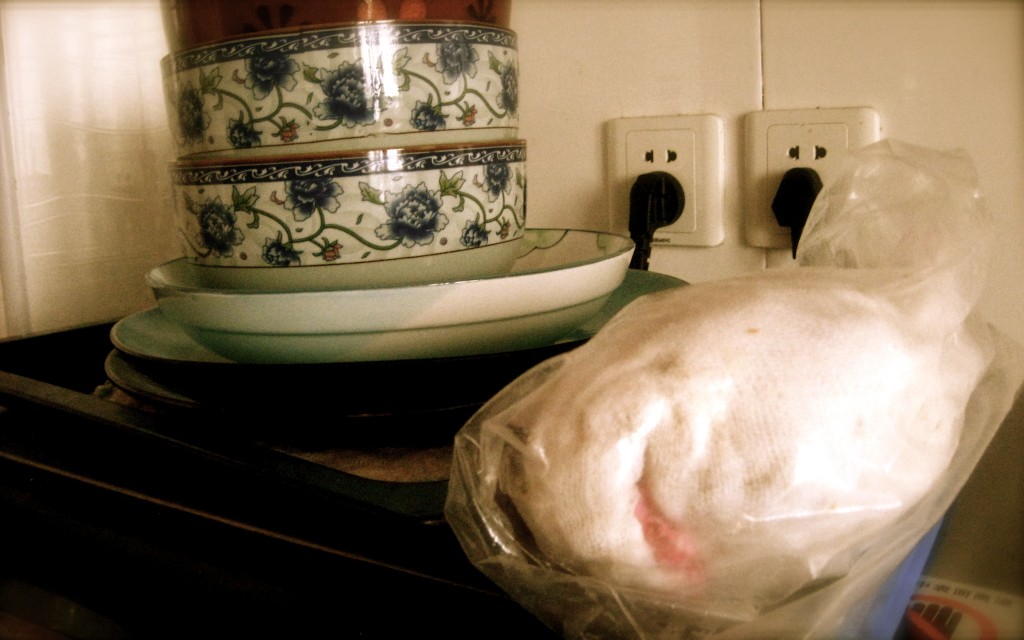
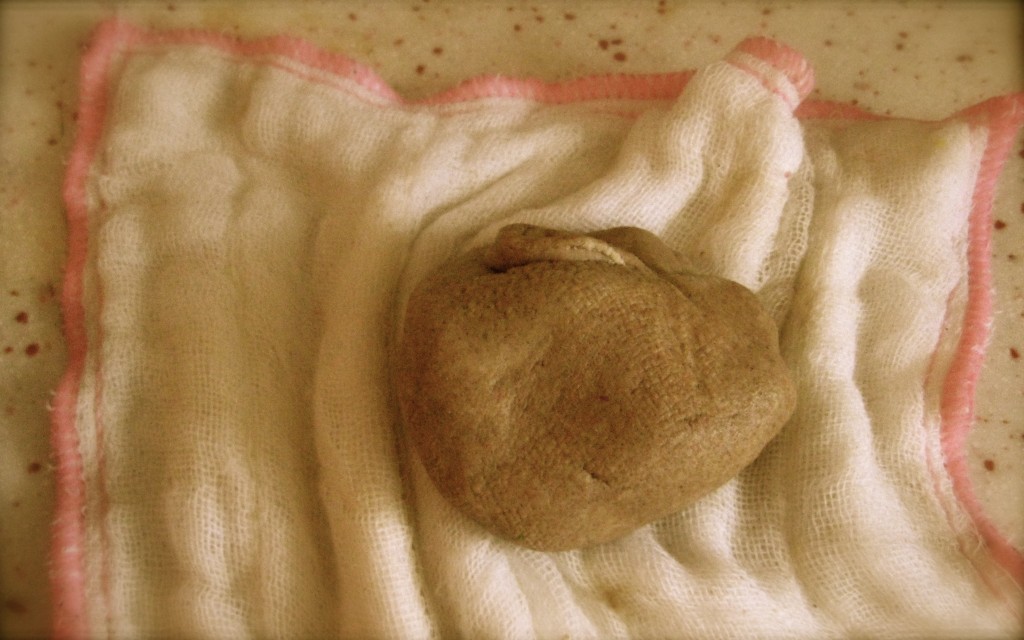
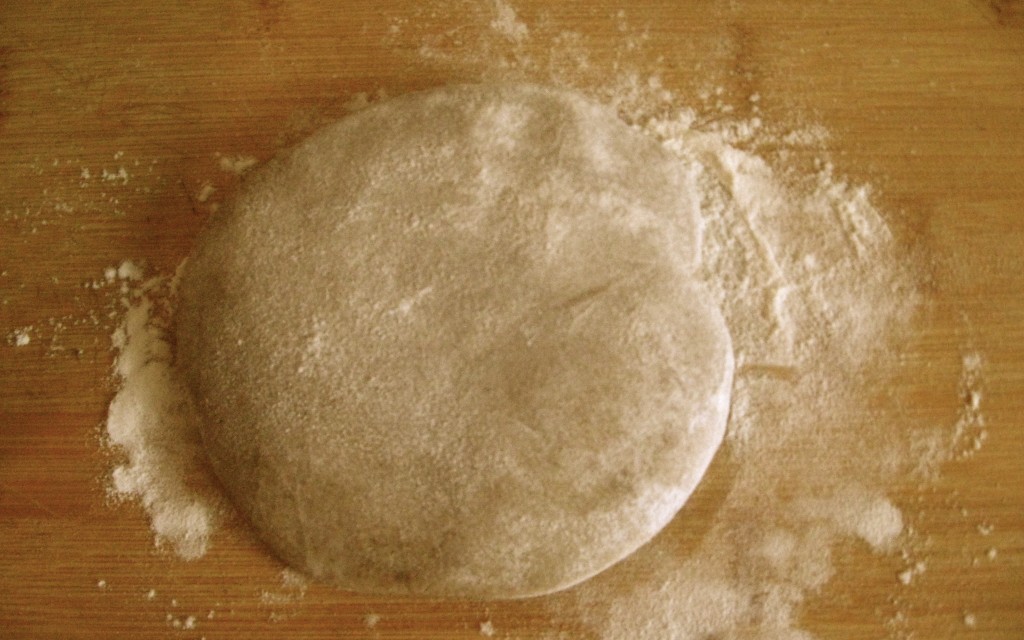
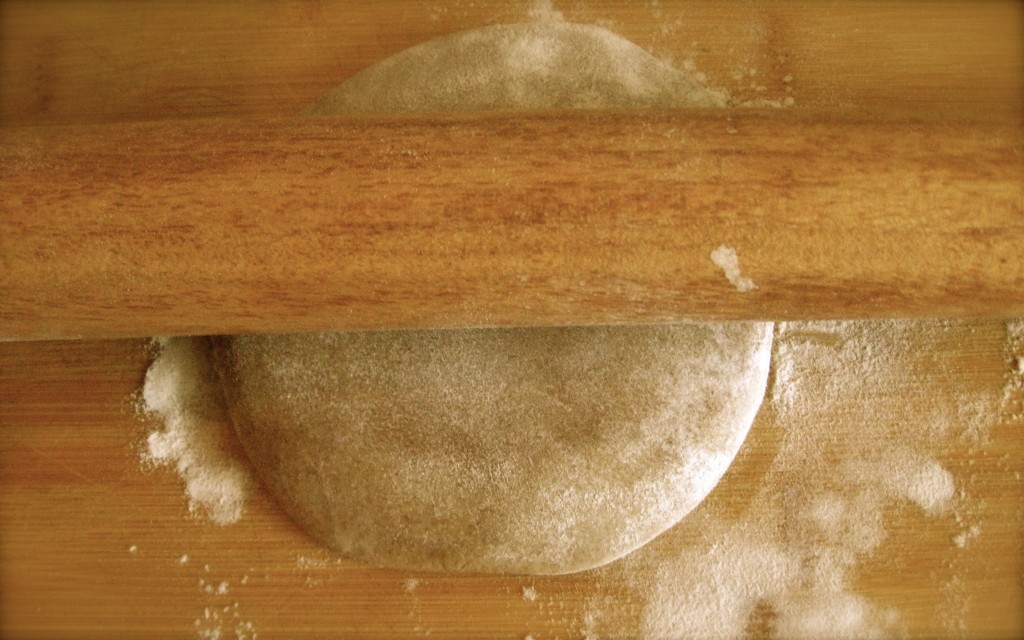
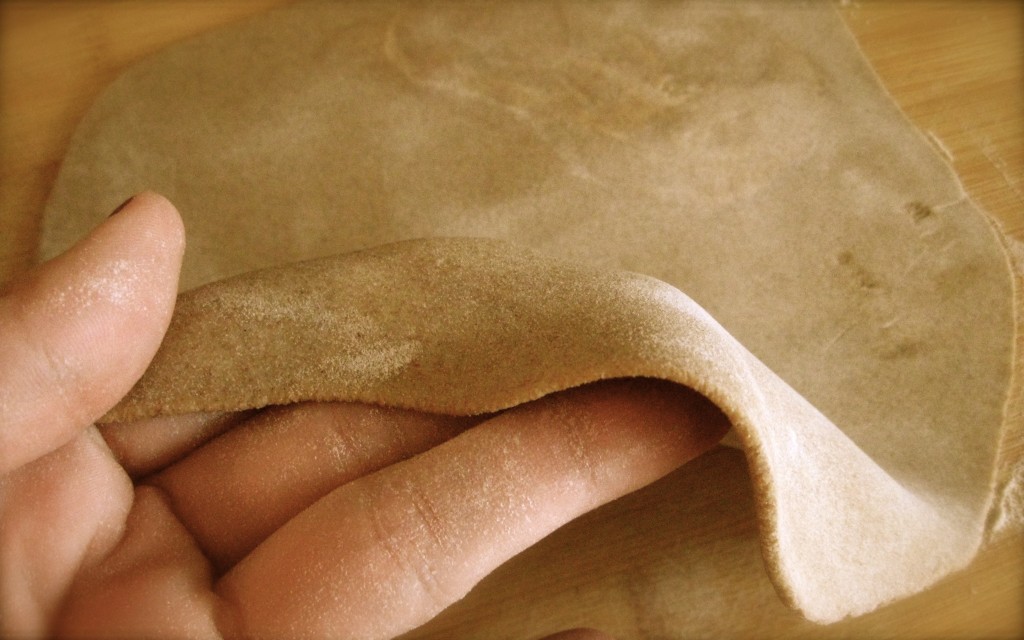
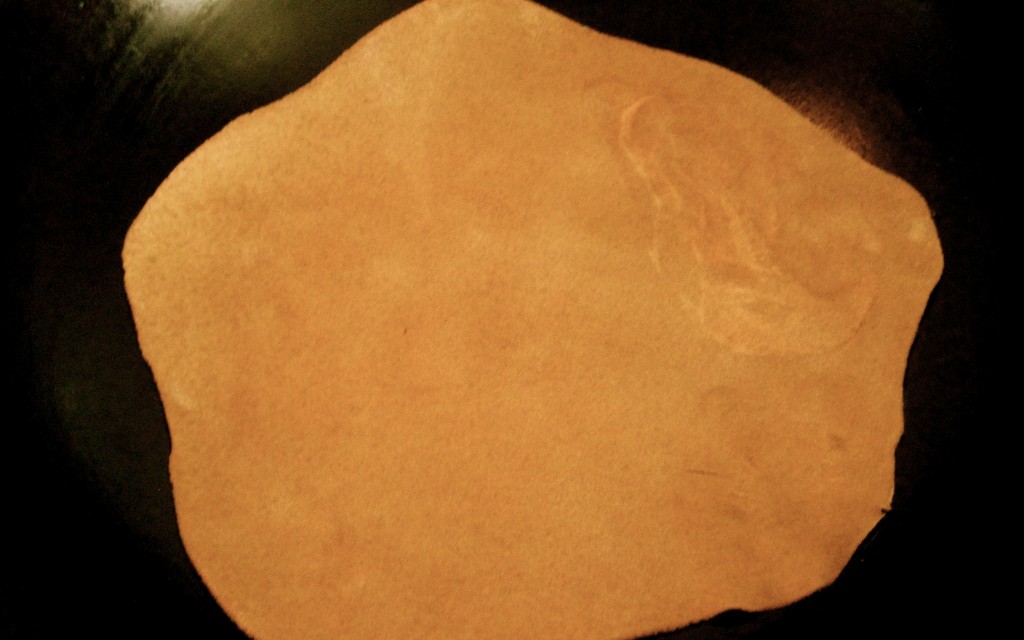
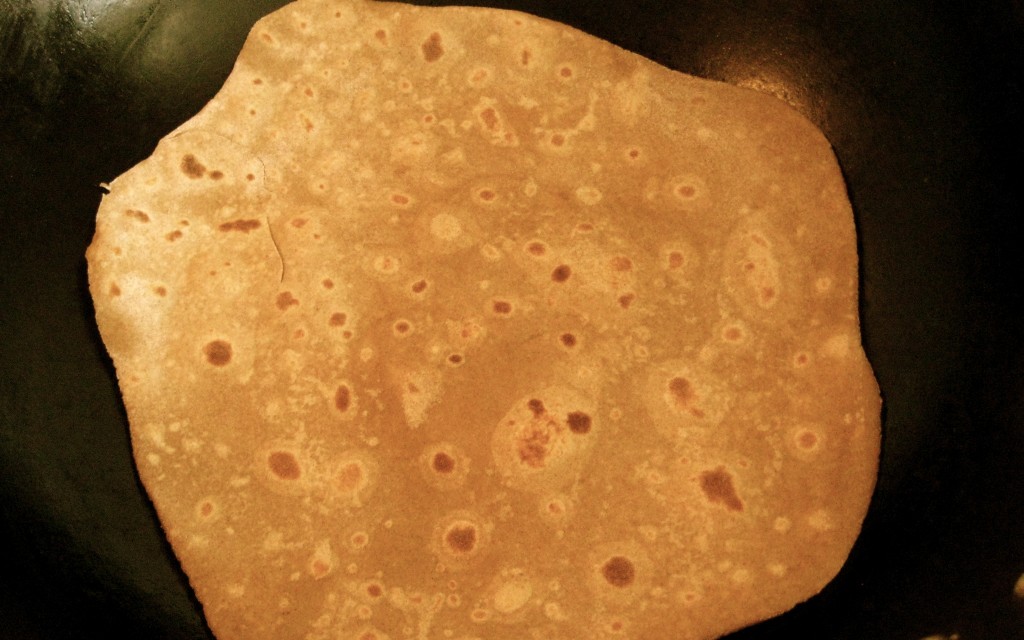
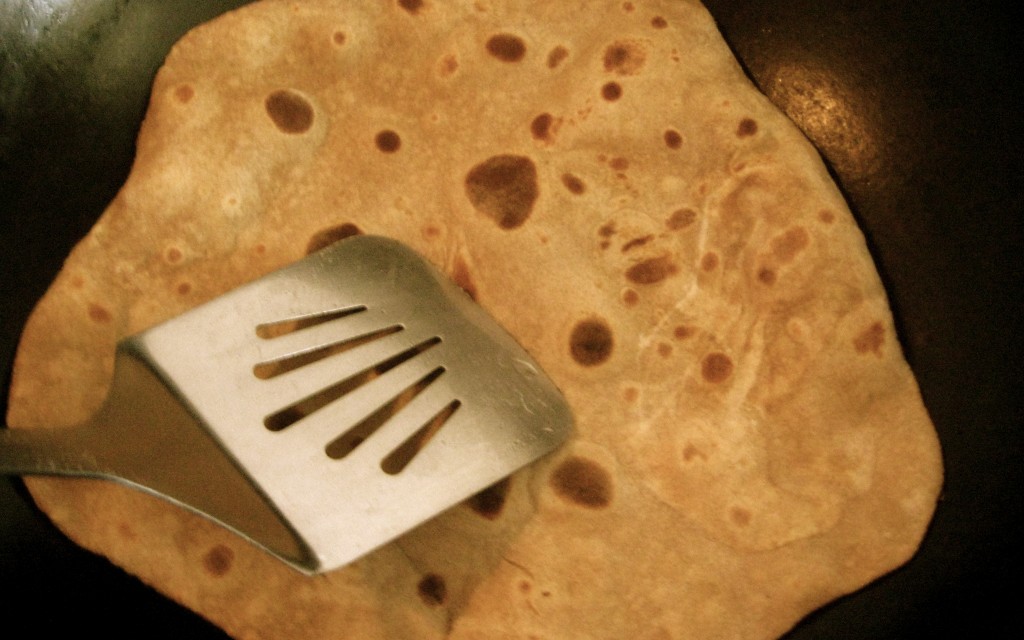
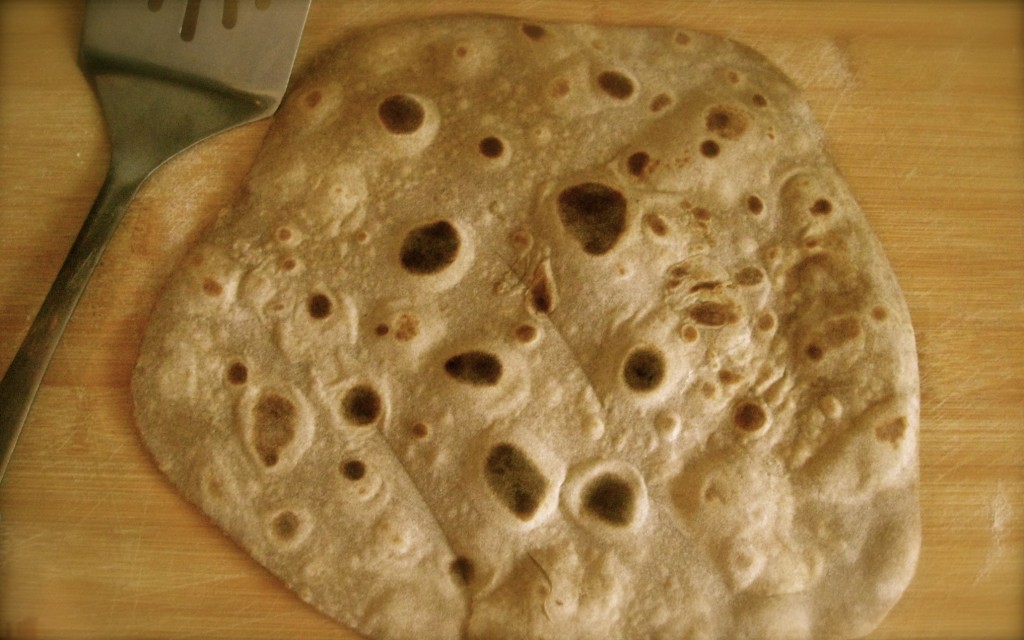
Suggested uses:
- Tacos!
- Burritos!
- Anything with curry!
- Dipping in soup!
- Gyros/doner/wraps
- Smearing with butter and jam!
- Sunday bonnet!
- Knee pads!
You May Also Like

I Feel Like Chinese Tonight: Char siu eggplant, improvised
June 21, 2016
Decadent Bourgeois Coconut Macaroons
November 21, 2011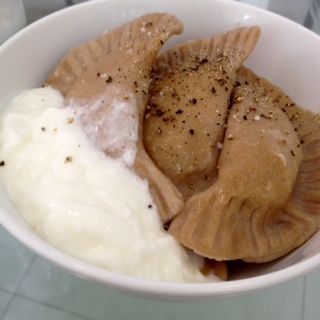
7 Comments
Mari
you have all my respect and my support!Flatbread/noodles are one of the real joys of life. Yay. (enthusiastic jump). Thanks for sharing!
MaryAnne
Thanks! I seem to be on a bit of a dough bender these days… trying to see just how many uses I can squeeze out of one recipe. Turns out noodle dough is very versatile. Who knew?
Marie
I would be so happy to wake up after a midnight (which I totally agree is the best time to create!) breadmaking spree to find the dough staying “in motion” round my kitchen. How awesome! So, too, are these breads, yum. I’ve only got noodles in at the moment, not the homemade disaster ones I made before though (ugh!), the dried ones…can I make bread from those o converter of flours? At the very least the next time I freak out because I don’t think my dough is going to knead out properly, I really want you to come over to my house to reassure me. You have a gift. Really.
Marie recently posted..A Dashi of This and a Dashi of That
MaryAnne
Any time you need dough reassurance, just call me. I’ll talk you through it. I think I may be a dough whisperer.
Tracyann0312
Hi Mary Anne, is the ordinary flour appropriate to buckwheat? I do not have the talent in making flat breads using dough. Can you tell me your secret in doing the perfect Chapati half noodles? Thanks for sharing wonderful insight in your blog!
Tracyann0312 recently posted..Baby Eagle
MaryAnne
Hi! Buckwheat isn’t the same as regular wheat- it isn’t even in the wheat family. Thus, it’s harder to work with. For regular wheat flour, I recommend my very dependable dough: 3 cups flour, one cup water, 2 teaspoons of salt. Knead for about 5 minutes until smooth then let it rest for a few hours, wrapped in a moist cloth in a plastic bag. When you’re ready to make a chapati, slice off a bit of the dough (about golf-ball sized), roll it out realllllllly thin, then throw it onto an ungreased wok that has been pre-heated to medium. Let it cook about 30 seconds on each side, then cook both sides again for about 15-20 seconds each. It’s during this second round that it starts puffing up. If they don’t puff, they may be too thick or they haven’t been cooking long enough.
Tracyann0312
Oh, I see! I though they are just the same. Thank you for recommending your dependable dough Mary Anne. Now I know the instruction you gave to me is easy to understand. I will send you feedback if I can do perfect dough. Thanks and regards to your blog.
Tracyann0312 recently posted..SMS